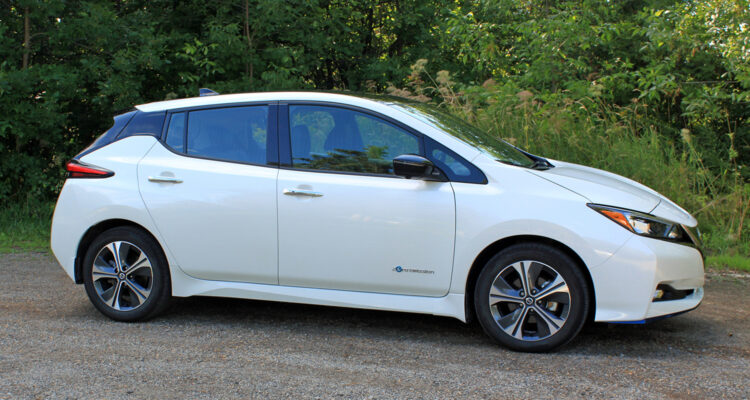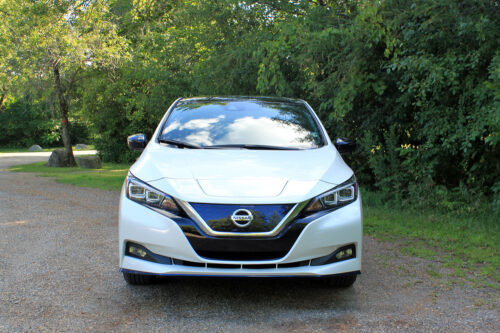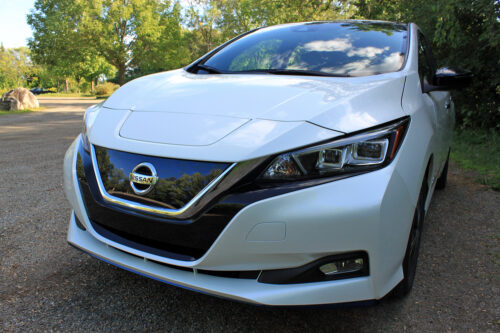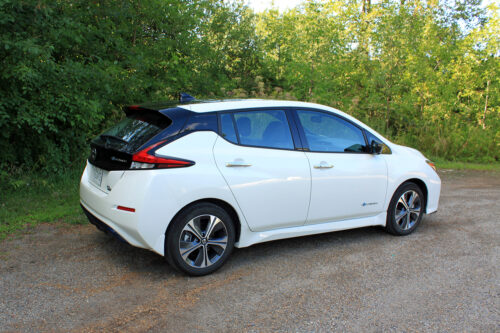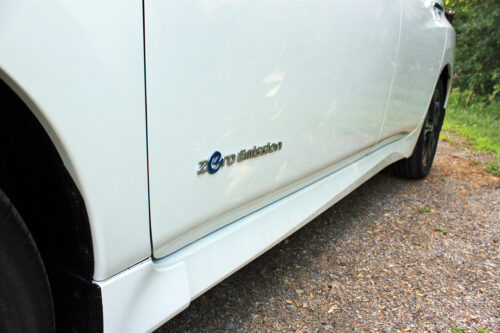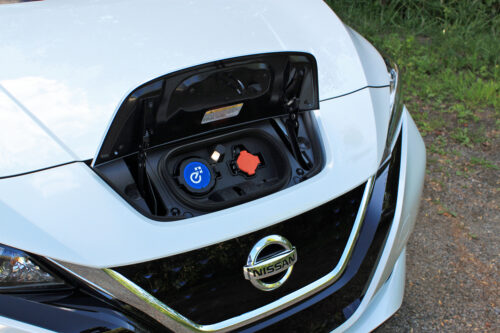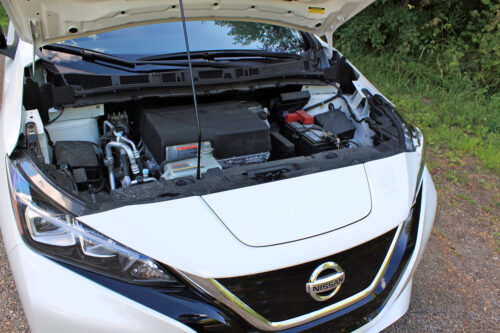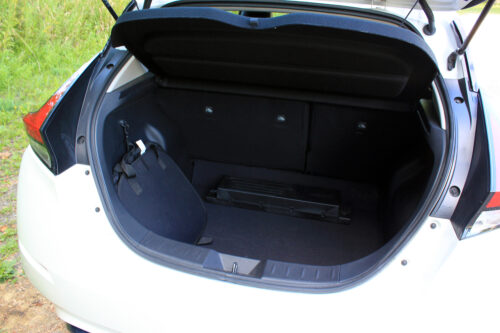For the longest time, I have always enjoyed and looked forward to driving cars with three pedals for the control and fun it allowed.
But after a week with the 2019 Nissan Leaf, I have a newfound love for driving with just one pedal.
Like my first few tries at driving a manual transmission all those years ago, the first few times operating the Leaf with just one foot led to some stuttering stops!
However, after only a few short minutes, I was quickly mastering the one-pedal technique and enjoying the SL Plus tester.
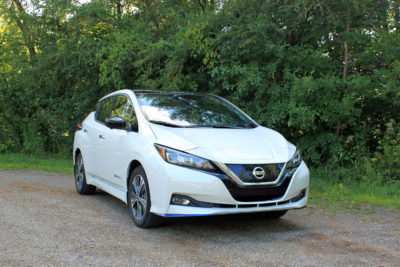
The Leaf has a starting price of $44,363 for the SV, while our tester retails for $53,563.
The Leaf is eligible for the new $5,000 federal government rebate on the purchase of an electric vehicle, on top of provincial rebates which range from $1,000 in Ontario, up to $6,000 in British Columbia and $8,000 in Quebec, which also offers a $600 credit toward the installation of a home charging station.
The Leaf has two available battery packs, with the base SV coming with the 40 kWh lithium-ion battery and the 110 kW AC synchronous electric motor, giving it a range of 243 kilometres.
All other trims receive the more powerful 160 kW motor and larger 62 kWh battery, which on the SL Plus trim nets a range of 349 km (363 km on the S trim). According to Nissan, the SL would take 11.5 hours to be fully charged from empty using an in-home 240-volt charger, while a 50 kW quick charger will get to 80 per cent in an hour and a 100 kW quick charger will take 45 minutes for the same charge.
Herein lies one of the issues I had with the Leaf. The plug on the supplied cable to charge the batteries using a normal 110-volt outlet has such a large plastic housing that it would not fit in the plug outside my garage because it featured a weather protection cover.
With 214 horsepower and 250 ft-lb of torque, the Leaf has instant acceleration off the line if called upon, but that really defeats the purpose of an EV.
Slower, gradual accelerations work best – but fear not, if you need to quickly get up to highway speed or make a passing manoeuvre, the Leaf will respond with gusto if you need it.
You can opt for a more traditional 2-pedal operation, but activate the Leaf’s e-pedal and the driving dynamics change.
Accelerating is the easy part, slowly squeezing the pedal to get moving. Slowing down is the tricky part at first because if you release the pedal too quickly, you may get a case of whiplash.
But if you just as slowly ease off the accelerator, the Leaf gently comes to a complete stop, without ever touching the brakes – all the while recovering energy through the regenerative braking system.
Nissan gave the Leaf a redesign last year, a vast improvement on the previous generation’s look – which was far from universally loved.
This Leaf looks much more like a “normal” vehicle.
Up front, a revised fascia for 2019 now features some blue highlight trim. The white exterior is also accented by several blacked-out portions of the body, which helps define the shape. The SL Plus adds upgraded 17-inch alloy wheels.
The upper section of the Leaf is also blacked out to create a floating look for the roof.
On the inside, the SL Plus is well appointed, with leather seats, a two-tone treatment and a clean layout for all the controls. There’s also heated front seats and a heated steering wheel on the tester, which are handy but will help drain the battery quicker when in use.
The cabin is comfortable and, as you can imagine thanks to a lack of any engine noise, it’s super quiet.
There’s also a surprising amount of storage space in the trunk area, and the 60/40 split folding rear seats help add more versatility.
Central in the cabin is an 8-inch infotainment screen which in the SL Plus is paired to a Bose 7-speaker sound system, and it is compatible with Apple CarPlay and Android Auto.
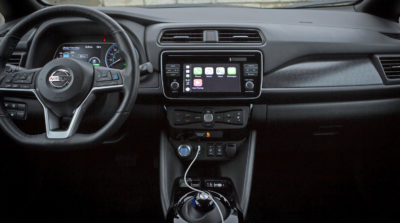
The screen presents large icons that make it easy to understand and operate, and has functions most of us are familiar with these days thanks to smartphones, such as pinch and zoom hand gestures.
The Leaf has several driver selectable drive modes, in addition to the e-pedal. In Eco mode, the motor’s output is limited to extend the range, and the amount of energy recovered through regenerative braking is also increased.
Add to that the B Mode which is engaged through the shifter and brake regeneration is increased even further to recover as much energy as possible to maximize your range.
There’s a lot to like about the 2019 Nissan Leaf and now that its styling is more traditional, there seem to be many more of them everywhere I turn.
That could also be the result of the new government rebates, which certainly help soften the blow of a $50K price point, which is still on the high side for many consumers who want to get into an electric vehicle.
2019 Nissan Leaf SL Plus
Price as tested: $53,563.00
Freight: $1,950.00
Configuration: Front engine/front-wheel drive
Engine/transmission: 160 kW AC synchronous electric motor/ Single-speed reduction gear
Power/torque: 214 horsepower/ 250 ft-lb of torque
Battery (capacity): 62 kWh lithium-ion (Li-ion)
Combined energy economy ratings (Le/100 km): 2.2 Le/100 km
Range: 349 kilometres
Warranties: 3-years/60,000 km (basic)
Competitors: Chevrolet Bolt, Hyundai Kona Electric, Kia Niro EV, Honda Clarity, Audi e-tron
Links:
Nissan Canada



